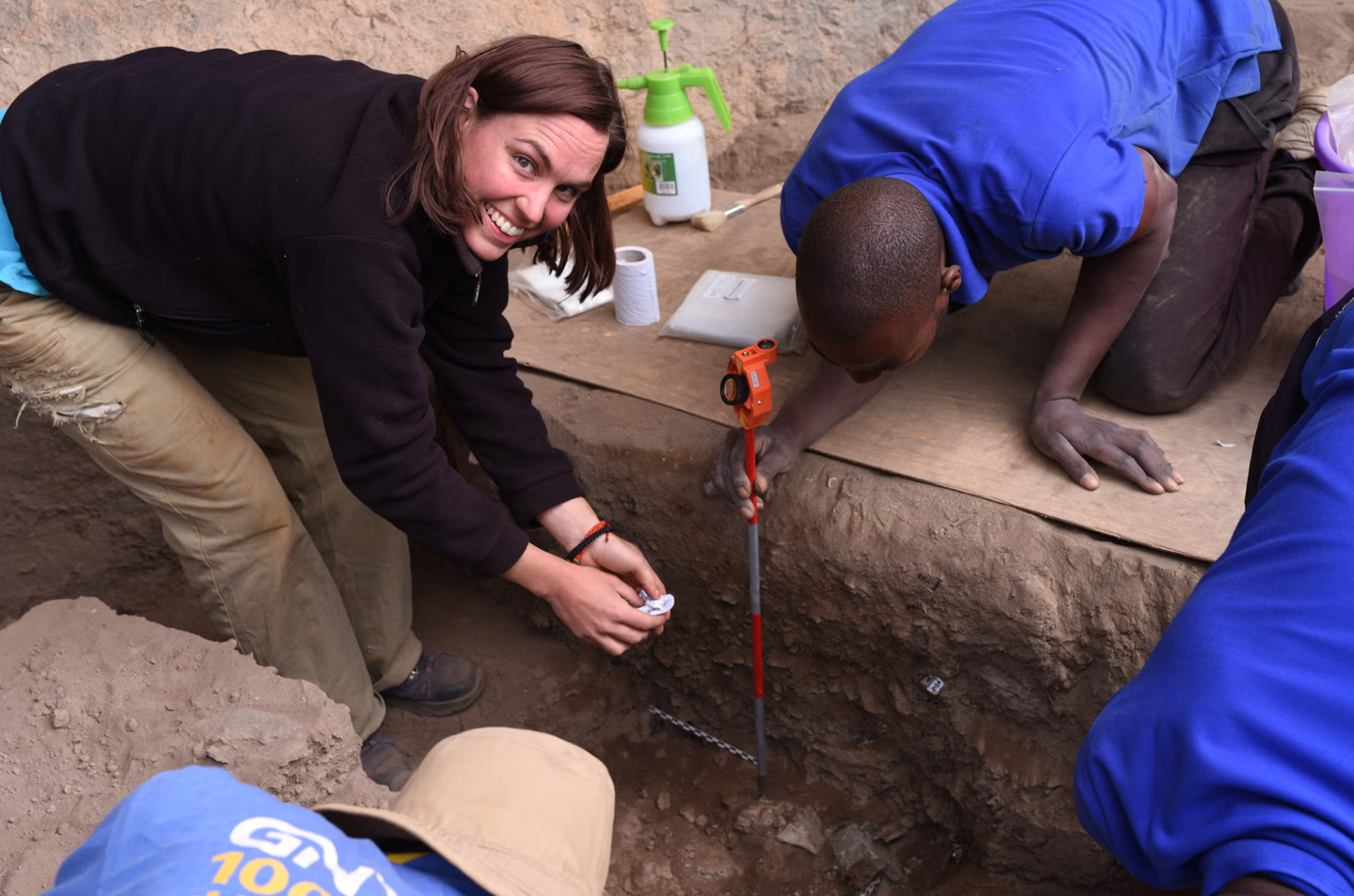New $3 blood test transforms how cancer is detected and monitored
New $3 blood test detects cancers early and monitors treatment with unmatched sensitivity and specificity.

A low-cost blood test that detects the ORF1p protein could catch cancers early. (CREDIT: Shutterstock Images)
Most cancers excel at staying hidden until it’s too late. By the time symptoms appear, the disease often has spread beyond the reach of curative treatment. Ovarian and gastroesophageal cancers are especially notorious for this stealthy progression, leaving patients with few options at diagnosis.
A team of scientists from across the U.S. and internationally, have now developed a blood test that can detect a unique protein linked to many cancers. The test is fast, inexpensive, and extremely sensitive—capable of finding traces of this protein in a drop of blood long before symptoms begin. The findings, published in bioRxiv, could reshape the future of early cancer detection and patient monitoring.
The Cancer Protein That Shouldn’t Be There
The test zeroes in on a protein called ORF1p, produced by a genetic element known as LINE-1. LINE-1 is a retrotransposon, a “jumping gene” that moves within DNA through a copy-and-paste process. Normally, it’s silenced in healthy tissues except during early development or in reproductive cells. But in many cancers—including those of the colon, esophagus, breast, prostate, ovary, uterus, pancreas, and lung—this control breaks down, and ORF1p production surges.
“You shouldn’t find ORF1p in the bloodstream of a healthy person,” says John LaCava, a research associate professor at Rockefeller University who specializes in LINE-1 biology. Its presence signals a loss of normal genetic regulation, a hallmark of malignant transformation.
Over the past decade, studies have shown ORF1p is abundant in tumor tissues and in the high-risk lesions that can precede cancer. But detecting it in blood has been difficult because levels are extremely low—far below the reach of standard lab tests.
Turning Sensitivity Into a Life-Saving Tool
To solve this, researchers turned to Single Molecule Array (Simoa) technology, developed by David Walt at Harvard’s Wyss Institute. Simoa can measure mid-attomolar concentrations—about one ten-millionth of a nanogram per milliliter—of target proteins.
Related Stories
- Breakthrough blood test offers earlier and more accurate heart disease detection
- Breakthrough blood test detects colon cancer early with 95% accuracy
The team, led by Martin Taylor at Mass General Brigham, paired Simoa with llama-derived nanobodies created at Rockefeller University. These nanobodies latch tightly onto ORF1p, making it possible to detect even the faintest traces in blood plasma.
“We were shocked by how well this test worked across cancer types,” Taylor says. In trials, ORF1p appeared in blood samples from patients with ovarian, colorectal, and gastroesophageal cancers, while it was absent in 97–99% of 400 healthy donors. Of the few healthy donors who tested positive, one was later diagnosed with advanced prostate cancer.
At a cost of less than $3 per test and results in under two hours, the assay could be scaled for routine screening.
More Than Just Detection
The test could also track how patients respond to treatment. In one study group, 13 out of 19 patients with gastroesophageal cancer showed ORF1p levels drop below detection after successful therapy. A persistent or rising level might warn doctors that a treatment isn’t working, prompting faster adjustments.
Kathleen Burns, chair of pathology at Dana-Farber Cancer Institute, notes, “Having a technology capable of detecting ORF1p in blood opens so many possibilities for clinical applications.”
Taylor adds that ORF1p is not only common in cancers but often appears early in disease. That makes it an appealing target for multi-cancer early detection tests.
Why ORF1p Stands Out
Current blood-based cancer markers like CA125 and HE4 can be useful but often lack either the sensitivity or the specificity needed for screening. Many markers are present in healthy tissues, which leads to false positives. ORF1p is different—it’s largely absent in normal tissues, giving it a level of specificity that could reduce unnecessary follow-ups.
The team found that ORF1p is expressed in 91% of colorectal cancers and nearly all esophageal adenocarcinomas. It’s also present in precancerous conditions such as Barrett’s esophagus and serous tubal intraepithelial carcinoma, a precursor to ovarian cancer. In each case, expression begins early, before tumors have advanced.
The llama nanobodies used in the test came from Rockefeller’s work in interactomics, the study of molecular interactions inside cells. Michael Rout, head of Rockefeller’s Laboratory of Cellular and Structural Biology, says these tools are vital for uncovering the complex protein networks that go awry in disease.
“The resulting products are not mere research tools—they have enormous potential in the hands of doctors,” Rout says.
What Comes Next
While promising, the test is not a standalone diagnostic. It can’t yet identify where a cancer is located or detect all types equally well. The researchers envision it as part of a panel of tests, each targeting different markers, to improve both detection rates and accuracy.
“Cancer biomarker detection is still a young field,” Walt says. “Our results show we can detect this pan-cancer biomarker in the blood of patients with many types of cancers, but there is more work to be done.”
Large-scale trials will be needed to see how well the test performs in diverse populations and whether regular screening could catch cancers early enough to change outcomes. The researchers also want to study ORF1p trends in healthy individuals over time, so doctors could flag sudden spikes that might signal trouble.
If these goals are met, the technology could be woven into routine healthcare. A quick blood test during a regular check-up could establish a baseline, and any unusual rise in ORF1p could trigger a closer look—long before symptoms appear.
As Burns reflects, “We were fortunate to assemble this tremendous team to push the limits of these assays and obtain and test these precious samples. There’s a lot of excitement as our work continues.”
Note: The article above provided above by The Brighter Side of News.
Like these kind of feel good stories? Get The Brighter Side of News' newsletter.



